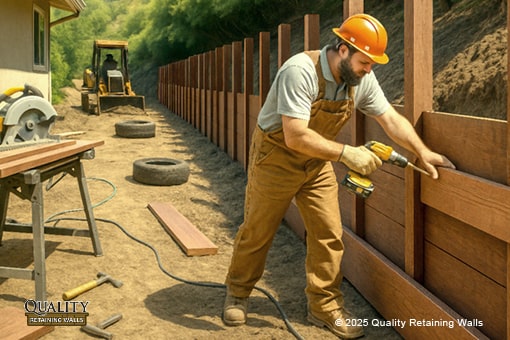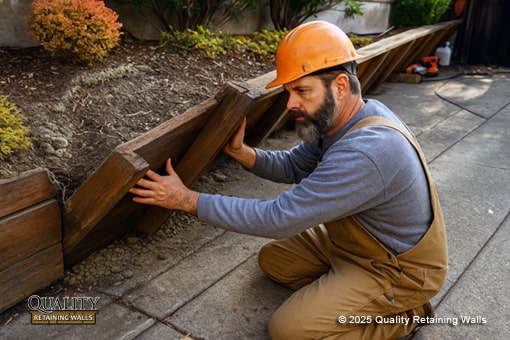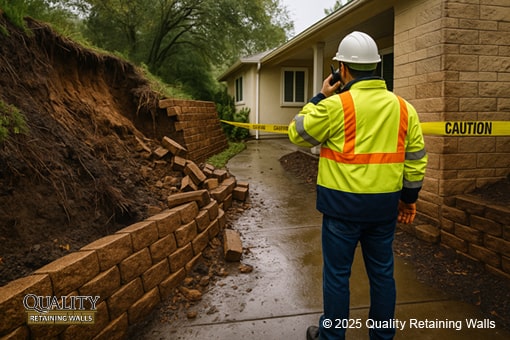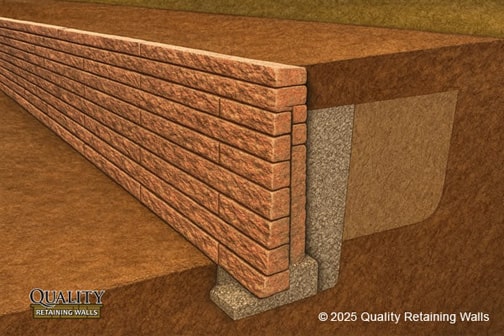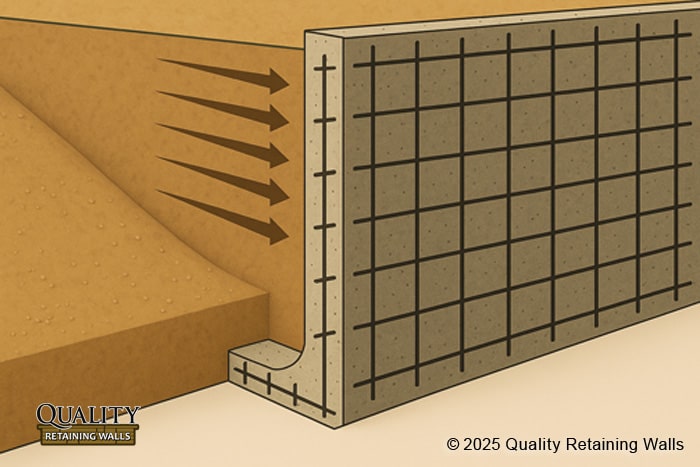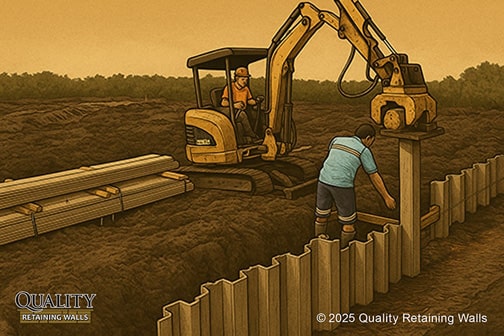
Professional Retaining Wall Construction & Repair
We build custom retaining walls for Bay Area homeowners and businesses. With over 20 years of experience serving Contra Costa, Alameda, and Solano Counties, we deliver proven construction methods at fair prices.
What customers want to know:
When you call us, you'll speak directly with James, our most experienced engineer. James responds quickly to emergency wall failures and provides same-day estimates throughout the Bay Area.
